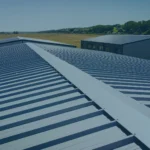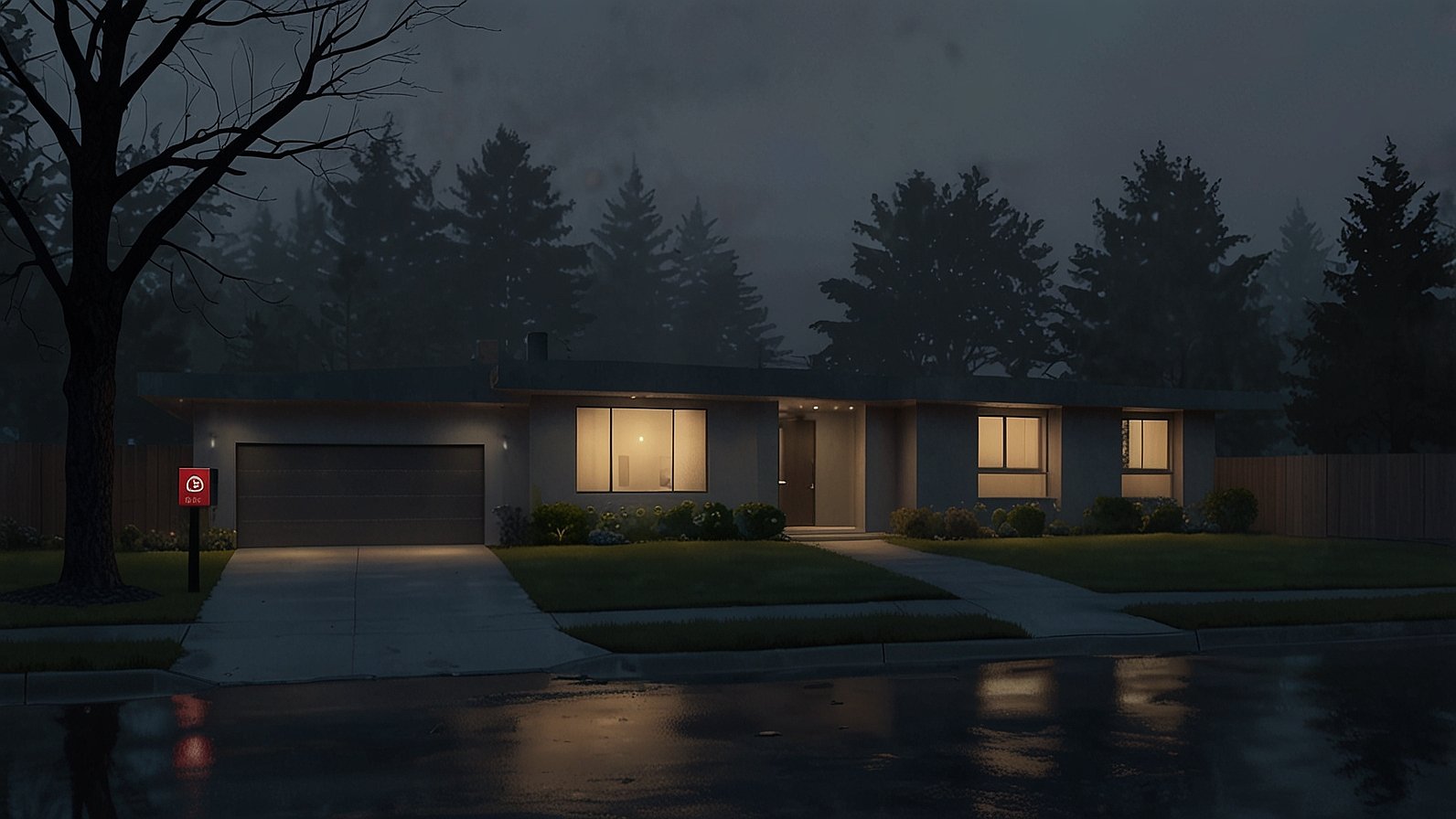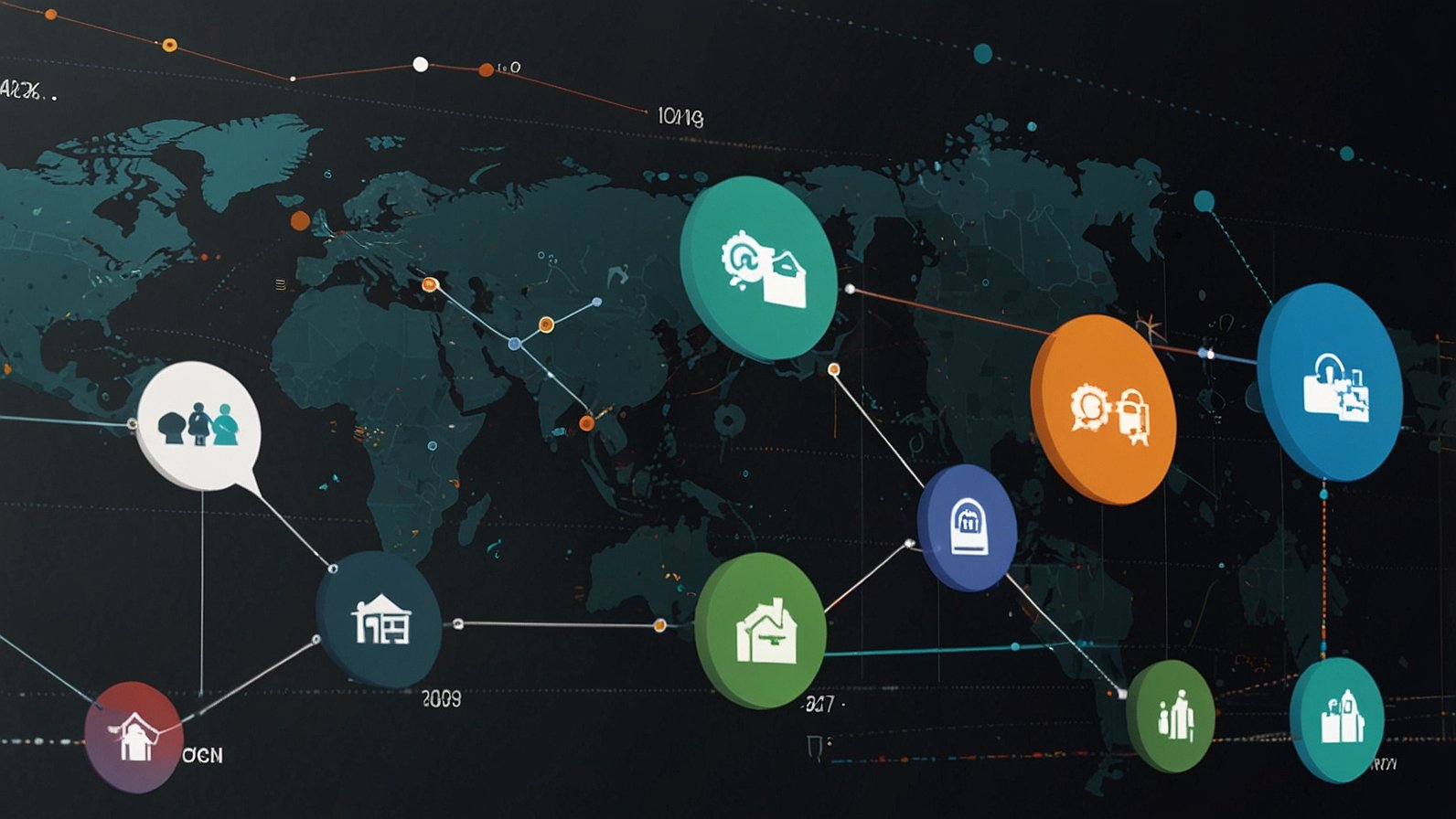Imagine a place where the rules of our world don’t apply. A location humming with unseen energy, where a single street address is the secret password to a universe of your own creation. Sounds like something from a sci-fi novel, right? Yet, this is the exact power that fictional locations hold for writers, game designers, and artists. And one of the most intriguing modern examples is the enigmatic 9012 Zyrandral Circle Vaelenix WV 41059.
This isn’t a verifiable postal record. It’s a concept, a creative catalyst. It represents the idea that a simple, evocative address can be the foundational stone for entire worlds, much like Tony Stark’s Malibu mansion or the Byers’ house in Hawkins, Indiana. Let’s explore how you can use this same concept to build your own compelling narratives.
Why a Fictional Address is Your Secret Weapon
Think of world-building as constructing a house. You need a strong foundation before you can decorate the rooms. A specific, well-thought-out location like 9012 Zyrandral Circle Vaelenix WV 41059 is that foundation. It’s not just a random string of words; it’s a package of implied history, mystery, and tone.
A bland, generic location makes a story feel unanchored. But a specific one, even if fictional, does the opposite:
- It creates instant verisimilitude. The detail makes the world feel lived-in and real.
- It sparks curiosity. Names like “Zyrandral” and “Vaelenix” immediately raise questions. What do they mean? Who named them? This intrigue is a hook for your audience.
- It provides a creative constraint. Having to justify why a place is called “Zyrandral Circle” forces you to invent history, culture, and lore, making your world infinitely richer.
Deconstructing 9012 Zyrandral Circle: A Case Study in Atmosphere
Let’s break down this specific keyword to see why it works so well as a creative springboard. Each element adds a layer of meaning and mood.
- 9012: The high number suggests this isn’t a new development. It implies a long, orderly street, perhaps in a large, planned community or a sprawling futuristic city. It feels specific and intentional.
- Zyrandral Circle: “Zyrandral” is unmistakably fantastical or sci-fi. It doesn’t sound English or of any common earthly origin. It suggests elegance, perhaps something elven, advanced, or alien. A “Circle” implies a cul-de-sac, a contained community, a place that might feel secluded or secretive.
- Vaelenix, WV: Combining “Vaelenix” with a real-state abbreviation like “WV” (West Virginia) is a masterstroke. It creates a fascinating dissonance—the familiar colliding with the unknown. Is this a hidden town in our world? An alternate reality? This juxtaposition is a classic technique, seen in stories like “Stranger Things” (Hawkins, IN) or “Bright” (an alternate Los Angeles).
- 41059: The zip code is the final stamp of authenticity. It makes the address feel functional and real within its own universe, as if you could truly mail a letter there.
Together, these elements point toward a genre. This address feels perfect for a modern paranormal thriller, an urban fantasy, or a sci-fi story about hidden societies living alongside our own.
How to Build Your Own “Zyrandral Circle”
You don’t need to use this exact address. The goal is to learn from its structure and create your own. Here’s a simple process to generate a compelling fictional location.
Step 1: Choose Your Genre and Tone.
Is your story a gritty cyberpunk noir? A cozy magical mystery? The name of your street and town must reflect that. A gritty noir might have “Rainswept Alley” in “Port Carmine.” A cozy mystery might have “Snuggler’s Lane” in “Hearthaven.”
Step 2: Mix the Familiar with the Fantastic.
This is the most effective technique. Ground your audience with something they know, then twist it.
- Combine a mythical name with a real-state abbreviation (e.g., “Elmsward Drive, Aethelburg, CA”).
- Use a descriptive English word for the street type (Lane, Drive, Court) but an invented name for the street itself.
Step 3: Add Specific Details.
Don’t just say “a house.” Give it a number. Give the town a zip code. These tiny details are what make audiences suspend their disbelief and fall into your world.
Step 4: Flesh Out the History.
Now, ask the important questions:
- Who was Zyrandral? A founder? A scientist? A mythical creature?
- Why is the city called Vaelenix? Does it mean “haven of the fallen” or “new valley” in an old language?
- What happens at 9012? Is it a safe house? A laboratory? A portal?
Before and After: The Power of a Specific Location
This simple table shows the transformative power of moving from a generic idea to a specific, address-based one.
| Before (Generic) | After (Specific, like 9012 Zyrandral) | Why It’s Better |
|---|---|---|
| “The hero goes to a magic school.” | “The hero takes the train to the hidden platform at 9012 Zyrandral Circle, the address which is actually the gateway to the Vaelenix Academy for Arcane Sciences.” | It provides a concrete method of arrival and a sense of place. The address itself is part of the magic. |
| “She lived in a small town.” | “Her official mailing address was General Delivery, Vaelenix WV 41059, though no map ever showed the town’s true location.” | It creates immediate mystery and suggests the town is intentionally hidden, raising the stakes. |
| “They met at a safe house.” | “The rendezvous point was 9012 Zyrandral Circle, a unassuming house on a circular street that constantly changed its appearance to evade detection.” | It makes the safe house a character with its own abilities, not just a backdrop. |
Real-World Examples: How the Pros Do It
This isn’t just a theoretical exercise. The most beloved stories use this exact principle.
- Marvel Cinematic Universe: 10880 Malibu Point is the undeniable home of Tony Stark. It’s so specific that when it was destroyed, it held immense emotional weight for the audience.
- Stranger Things: ****
- Harry Potter: Number Four, Privet Drive is painfully ordinary, which makes it the perfect foil for the magical world. Its specificity highlights the contrast.
- Psych: The address for the psychic detective agency is ****
These locations are more than settings; they are iconic landmarks in the minds of fans.
Your Creative Toolkit: Getting Started Today
Feeling inspired? Here’s how you can put this into practice right now.
- Brainstorm Five Names: Don’t overthink it. Write down five interesting-sounding words or mash two words together (e.g., “Sky” + “Nexus” = Skynux).
- Pair it with a Real Place: Attach your name to a real city, state, or country abbreviation. “Skynux, Oregon” already has a story to tell.
- Assign an Number: Pick a house number that feels right. Is it a low number like 4 (Privet Drive) or a high number like 9012, suggesting scale?
- Ask the Big Questions: Who lives there? What secrets does it hold? Why does it have that name?
The goal is to start building from a point of concrete detail, not a vague idea. 9012 Zyrandral Circle Vaelenix WV 41059 isn’t just a keyword; it’s an invitation to create. It proves that a simple address can be the key that unlocks a vast, imaginative landscape.
5 Quick Takeaways to Remember
- Specificity is King: A detailed location feels more real than a generic one.
- Dissonance Creates intrigue: Mixing the familiar (WV) with the fantastic (Vaelenix) is a powerful hook.
- Details Build Believability: House numbers and zip codes add a layer of authenticity.
- The Name Sets the Tone: “Zyrandral Circle” immediately suggests fantasy/sci-fi.
- Start Small: You don’t need a whole world map. Just one compelling address can be your starting point.
So, what’s your 9012 Zyrandral Circle? What incredible world does your fictional address lead to? Grab a notebook and start building—your audience is waiting to discover it.
You May Also Read: Leomorg: Is This the Perfect Name for Your Creative Vision?
FAQs
Is 9012 Zyrandral Circle Vaelenix WV 41059 a real place?
No, it is not. It is a fictional address created as a concept for writers, game designers, and artists to use as inspiration for building their own worlds and stories.
Can I legally use this address in my own commercial project, like a book or game?
Since it is a purely fictional creation and not a trademarked property, using it as an inspirational concept or even directly as a location in your own work is generally fine. However, it’s always good practice to ensure your overall work is sufficiently original and doesn’t infringe on other existing copyrights.
Why is the zip code 41059?
The zip code was chosen to maintain the verisimilitude of the address. In the real world, 41059 is actually assigned to Neville, Ohio. This was a conscious choice to blend the real with the fictional, making the address feel more plausible and grounded.
What’s the best way to come up with names like “Zyrandral” and “Vaelenix”?
Many creators use name generators, mash up existing words, or derive names from mythology and other languages. The key is to say the name out loud—it should fit the tone and feel of the world you’re trying to build.
How specific should I get with other details, like the architecture of the house?
Extremely specific! The more details you can imagine—the color of the front door, the material of the mailbox, the overgrown garden, the hum of a hidden generator—the more real it will feel to you and your audience.
Does this technique only work for fantasy and sci-fi?
Not at all! While our example is genre-focused, the principle applies to any story. A romance novel set in a real city can still have a fictional café at a specific corner, making that location special and owned by your story.
Where can I find more inspiration like this?
Look at the credits of your favorite movies and TV shows—the concept artists and world-builders are often listed. Books on mythopoesis (world-building) by authors like J.R.R. Tolkien are also masterclasses in this craft.










